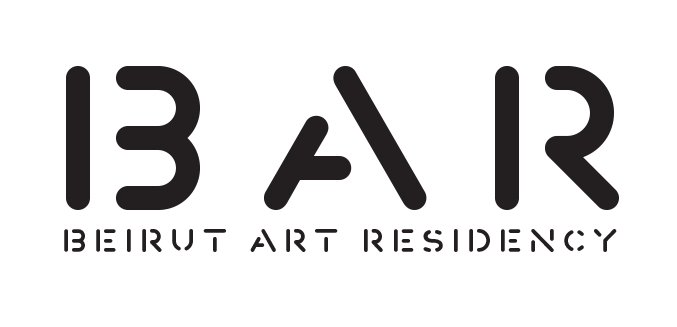BEFORE THE CYPRESS BROKE
Curatorial Statement
The exhibition Before the Cypress Broke explores the rise and near demise that Lebanon and the surrounding region has experienced on August 4, 2020.
This unfathomable day, lurking in the background of the city like a shadow, profoundly changed the lives of all Lebanese people - enhancing the already existing distress back home and that of growing despair abroad. The premise of this exhibition was explored in retrospect, with the urge to question: How did we get here?
It borrows its title from a poem by one of the Arab world’s greatest contemporary poets Mahmoud Darwish whose poem The Cypress Broke resonates as a lament over a cypress’s death, a ruin in the making. The poem is a conversation around grief and the finality of nature in the face of events.
The idea of encounters with or around nature is inherent in many of the works in this show, as many artists explore the physical and tangible space, particularly land and sea borders. Oscillating between reality and forced nostalgia, Ziad Antar’s maritime journey from the Southern old port of Sidon to the capital Beirut forces the viewer to experience the city from a blurred and distant perspective. In a contrasting approach, El Autostrad the video of Sirine Fattouh and Stephanie Dadour loops continuously in a corner, recording a car ride on a single highway that connects the Lebanese-Syrian border from the North all the way down to the Lebanese-Palestinian border in the South. Other artists in the show have formed poetic conversations with nature over time such as the manipulated landscapes of Daniele Genadry which immortalize a memory that is both familiar and unfamiliar.
Evolving into a complex reflection on the status of preservation through collection and documentation, artist Hussein Nassereddine presents an installation of rescued papers that carry the legacy of an endangered poetry. In the performance-based video Abandoned Dwellings. Archive, Greogry Buchakjian and Valerie Cachard have archived objects and documents found in abandoned buildings of the post-war era. For the German artist Fiona Ones, preserving a piece of Beirut involved manually embossing paper to mimic the traditional tiles found in these abandoned houses, a testament to its persevering history.
A number of pieces in the exhibition act as messages punctuated by the tensions building through the space. We encounter the missiles landing over Gaza in the plain of night, painted vividly, then deconstructed into pixels in Omar Khouri’s works on paper. The work of Jacques Vartabedian depicts the aftermath of the blast, a single figure finds itself lost in a sea of abstracted destruction. For Ali Cherri, whose watercolor drawings also look into the debris left behind, the carcasses of cars become tokens of the trauma.
The exhibition brings together the works of 15 contemporary artists, Lebanese based at home or abroad, as well as international artists whose practices have led to encounter life in Beirut before the cataclysmic turn of events. Just as the show’s title suggests, the exhibition proposes an investigation into a period of time where each of these artists attempts to make sense of a complex history while facing the uncertainty of where to go from here. On August 4, 2020 the cypress broke in Beirut and the sky, to this day, remains incomplete.
